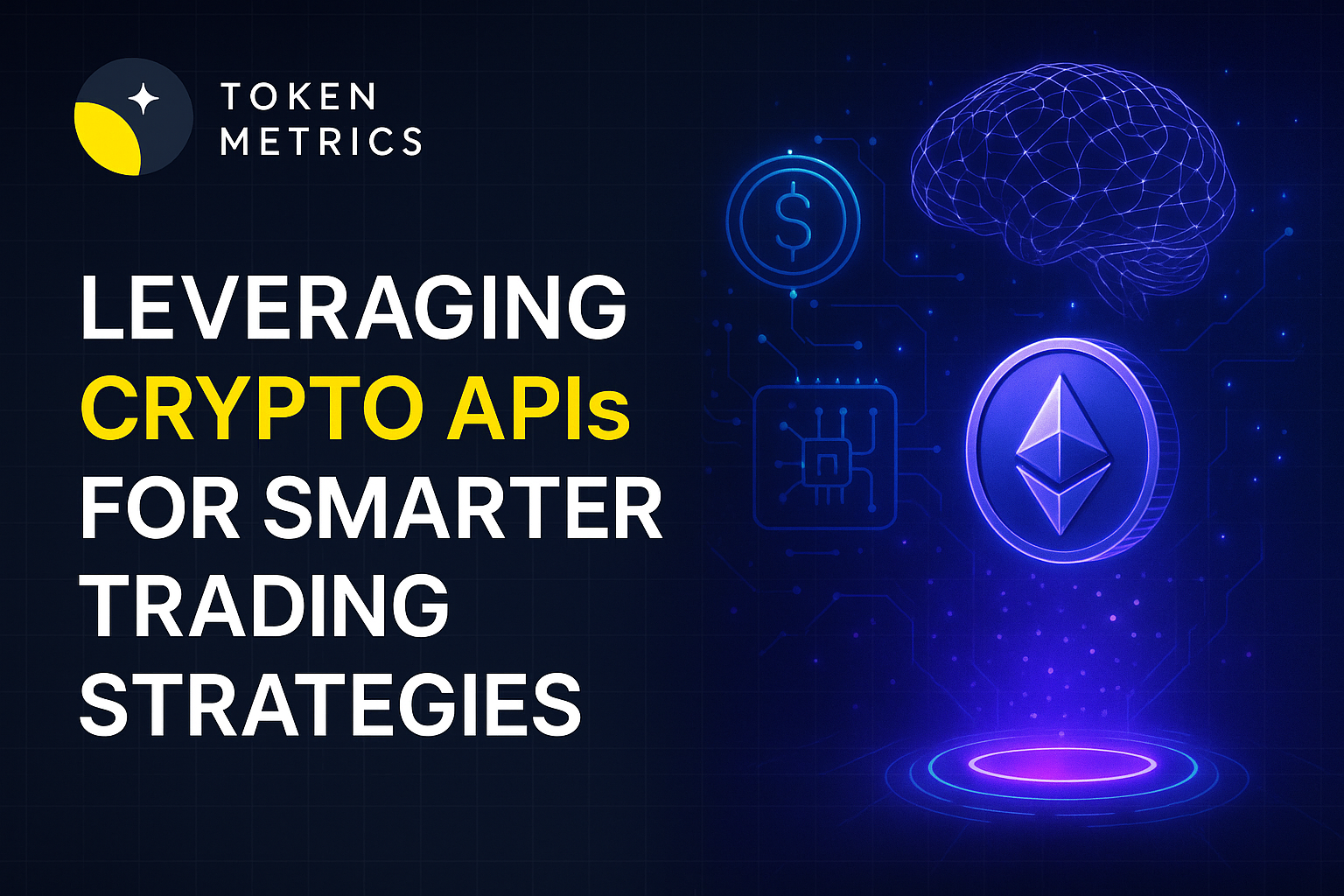
Leveraging Crypto APIs for Smarter Trading Strategies

Introduction to Crypto API Trading
In the rapidly evolving landscape of digital asset markets, crypto API trading has emerged as a foundational technology enabling users to connect trading algorithms, data feeds, and analytical tools directly to crypto exchanges. By leveraging APIs (Application Programming Interfaces), traders and developers gain programmatic access to market data and can execute trades efficiently, often enhancing decision-making processes.
This article explores the essentials of crypto API trading, including the role of APIs in trading ecosystems, the benefits and challenges of automated interactions with crypto exchanges, and how AI-driven analytics can complement such technology.
Understanding Crypto APIs
A crypto API is a set of protocols and tools that allows developers to connect software applications with cryptocurrency exchange platforms or data providers. These APIs facilitate fetching market data like price quotes, order books, trade history, and executing orders programmatically.
Among prominent offerings, Token Metrics API stands out by delivering not just raw data but also AI-powered insights and metrics that can support nuanced research and analysis. This elevates the capabilities of API users in developing robust algorithmic strategies or real-time market monitoring tools.
Types of Crypto APIs
Understanding different categories of crypto APIs is crucial for selecting appropriate endpoints based on trading or analytical needs:
- Market Data APIs: Provide access to real-time or historical market information such as prices, volume, and order books across various cryptocurrency pairs.
- Trading APIs: Enable programmatic submission of buy/sell orders, order management, and account balance retrieval, facilitating automated trading workflows.
- Portfolio Management APIs: Help users track asset holdings, performance metrics, and generate reports.
- AI and Analytics APIs: Provide advanced analytics, sentiment analysis, and predictive metrics to support data-driven strategies.
The Token Metrics API integrates several of these features, combining data with AI-driven rating systems that users can incorporate into their own trading tools.
Benefits of Automated Crypto Trading via APIs
Using APIs to automate aspects of crypto trading platforms offers several advantages:
- Speed and Efficiency: APIs allow rapid order placements and data retrieval, supporting high-frequency or time-sensitive trading strategies.
- Access to Real-Time Data: Immediate market information enables timely decision-making without manual delays.
- Elimination of Emotional Bias: Automating strategies via APIs reduces emotional interference, fostering more systematic approaches.
- Backtesting and Strategy Validation: Access to historical data through APIs enables developers to test algorithms rigorously before deployment.
- Integration with AI Tools: API-driven platforms can incorporate AI analytics, such as those provided by Token Metrics, to enhance signal generation and risk assessment.
Challenges and Considerations
Despite the benefits, crypto API trading entails certain challenges and factors to consider:
- Security Risks: API keys grant programmatic access to funds; protecting these credentials and implementing secure coding practices is essential.
- Rate Limits and Reliability: Many exchanges impose API rate limits to prevent abuse, which may affect high-frequency strategies.
- Market Volatility: Rapid market movements can cause slippage or failed transactions if not adequately managed in the trading logic.
- Complexity: Developing effective automated strategies often requires technical expertise in programming and understanding market microstructure.
- Regulatory Environment: Compliance with applicable laws is critical; using APIs for trading should remain neutral and educational without constituting investment advice.
How AI Enhances API-Driven Crypto Trading
Artificial Intelligence (AI) plays an increasingly important role in augmenting crypto API trading by providing sophisticated analytical layers atop raw data streams:
- Predictive Analytics: AI models can analyze historical patterns and market conditions to forecast potential price movements or identify trends.
- Sentiment Analysis: Natural language processing algorithms assess social media and news sentiment, complementing quantitative data.
- Risk Management: AI-driven tools can evaluate portfolio exposure, suggesting adjustments to mitigate downside risks.
- Signal Generation: By synthesizing multiple data points, AI systems can generate actionable indicators tailored to various trading strategies.
The Token Metrics API exemplifies this application by integrating AI-driven ratings and metrics that users can incorporate programmatically to enhance automated trading or research workflows.
Practical Steps to Implement Crypto API Trading
For individuals or teams interested in utilizing crypto API trading, a systematic approach is recommended:
- Define Objectives: Clarify whether the goal is market data analysis, algorithmic trading, portfolio management, or research.
- Select Appropriate APIs: Choose APIs that provide relevant data, order execution capabilities, and AI features such as the Token Metrics API.
- Develop or Integrate Software: Build custom solutions or leverage existing platforms linking your API endpoints for automated workflows.
- Backtest Rigorously: Use historical data accessible through APIs to validate strategies under various market scenarios.
- Implement Security Best Practices: Protect API credentials, implement rate limit handling, and monitor system activity.
- Continuously Monitor and Adjust: Crypto markets are dynamic; it is critical to refine algorithms and model inputs as conditions evolve.
Choosing the Right Crypto Trading Platform
Selection of a compatible and reliable crypto trading platform is vital for effective API trading integrations. The platform should offer comprehensive API support, detailed documentation, and robust security measures.
A notable example is Token Metrics, which provides an interface combining market data, AI-driven analytics, and accessible APIs designed to empower sophisticated research and trading automation.
Conclusion and Future Outlook
Crypto API trading is an indispensable component of the modern cryptocurrency ecosystem, enabling automation, systematic analysis, and scalable interaction with complex markets. When combined with AI-powered tools such as those offered by Token Metrics, users can enhance their research capabilities and gain deeper insights from data.
As blockchain technology and market infrastructure continue to mature, APIs will play an increasingly integral role in facilitating innovation and efficiency in crypto trading practices.
Disclaimer
This article is for educational purposes only and does not constitute investment advice, solicitation, or an offer to buy or sell any cryptocurrency or financial product. Readers should conduct their own research and consult professional advisors when making financial decisions.

.svg)

Create Your Free Token Metrics Account

.png)




%201.svg)
%201.svg)


%201.svg)









.svg)




.png)